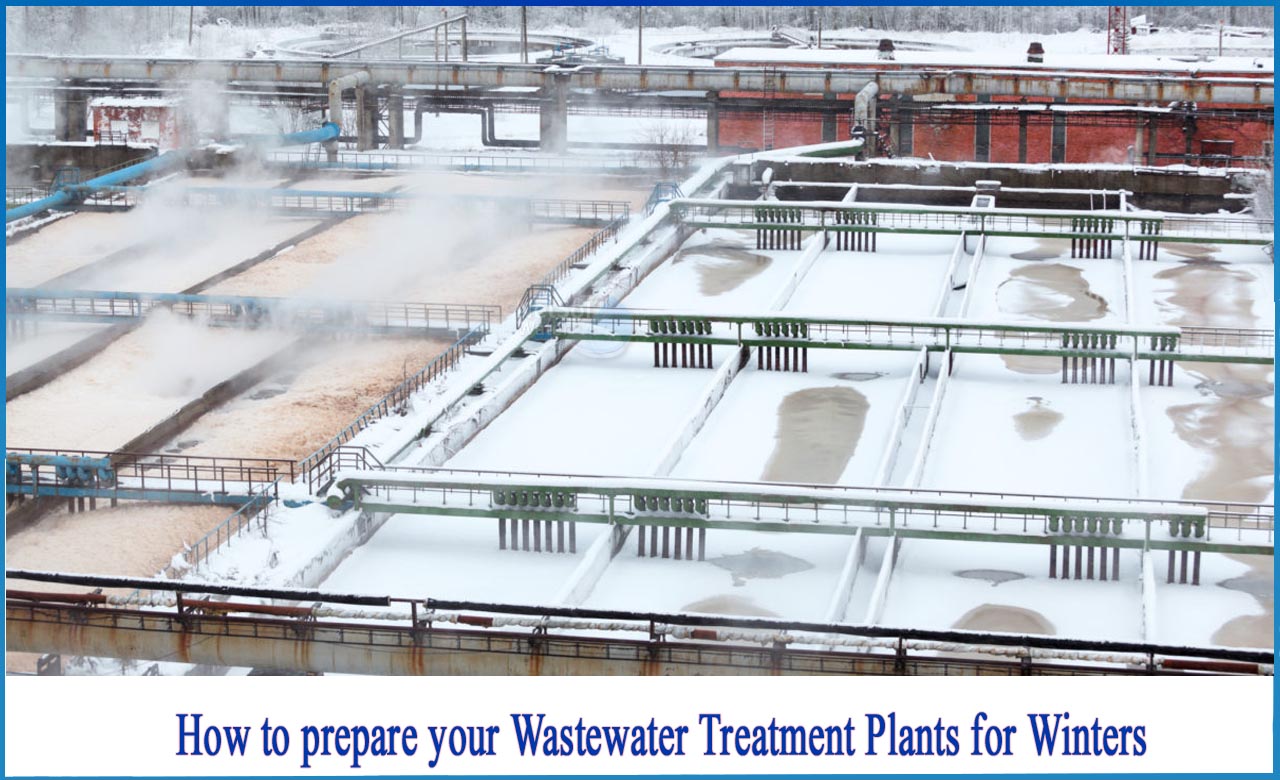How to prepare your Wastewater Treatment Plants for winters?
It is a facility that uses a variety of methods (e.g., physical, chemical, and biological) to treat industrial wastewater or potable water and eliminate contaminants.
The primary function of treatment is to accelerate the natural processes that purify water. Solids are permitted to settle and removed from wastewater during the primary stage. The secondary stage employs biological methods to further filter wastewater. These phases are occasionally integrated into a single procedure.
When winters are there, you have to make a checklist for the water and wastewater treatment plants!
1: Modify the Biomass: Because a 10o(F) reduction in temperature leads to a substantial shift in bacterial metabolic rates, you must modify your biomass to compensate for the slower metabolic rates.
2: Increase grease/solid removal: Eliminate grease/solids on a more frequent basis. The increased flow of autumn and winter rains or snow may deposit more grit and oil in your aeration basin, affecting the bacterial composition.
3: Check the heat exchangers: If your facility contains digesters that catch gas, ensure sure the heat exchangers are operating properly to minimize any temperature dips that might cause bacterial alterations.
4:To avoid freezing damage, drain any fixtures with standing water.
5:Ensure that heaters are operational throughout the plant.
Conclusion
If you're feeling the effects of the colder weather, consider how the helpful bacteria in your wastewater treatment facility must be feeling!
They thrive in temperatures ranging from 65°F to 100°F, busily eating all waste items they can. When the temperature goes below this range, their activity slows significantly, as does their waste consumption. This might cause system shock for the bacteria as well as high quantities of the waste component in the effluent, which can be exceedingly costly in the form of enforced fines.
When bacteria slow down and their waste product consumption decreases, the amount of BOD (Biological Oxygen Demand) and COD (Chemical Oxygen Demand) in the effluent increases. These metrics are used by municipalities to assess the toxicity of water discharged into city sewage systems. When inappropriate amounts are identified, the offending plant may face significant fines. To avoid this happening at your plant, you must find a strategy to keep your bacteria warm and comfy.
As a result, it is advised that you start treating your system with a cold-weather bacteria formulation one to two weeks before temperatures are expected to drop. This will assist seed the cold weather bacteria as well as enhance the overall bacterial population, ensuring that they do not succumb to system shock when temperatures drop.
What if you haven't already planned for colder weather?
Address the issue right now. It's never too late to include cold-weather bacteria formulations into your wastewater system. While your system is healing, make a note to put preventative steps on your calendar for next winter.
What do we offer?
Netsol Water is a renowned producer of water and wastewater treatment plants. Based on client feedback and job quality, we are the most demanding organization in the industry. We have a reputation for being the top commercial RO plant manufacturer, industrial RO plant manufacturer, sewage treatment plant manufacturer, and effluent treatment plant manufacturer, among other services. Aside from that, our USP is 24x7 customer assistance.
For further information or to make a purchase, please contact us at +91-9650608473 or drop a mail at enquiry@netsolwater.com



